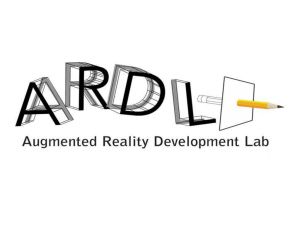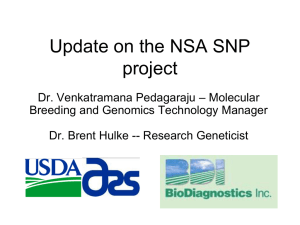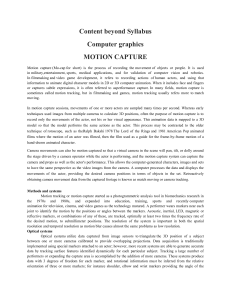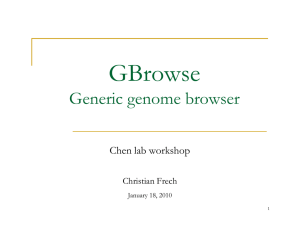Pulse Crop Informatics Platform
advertisement
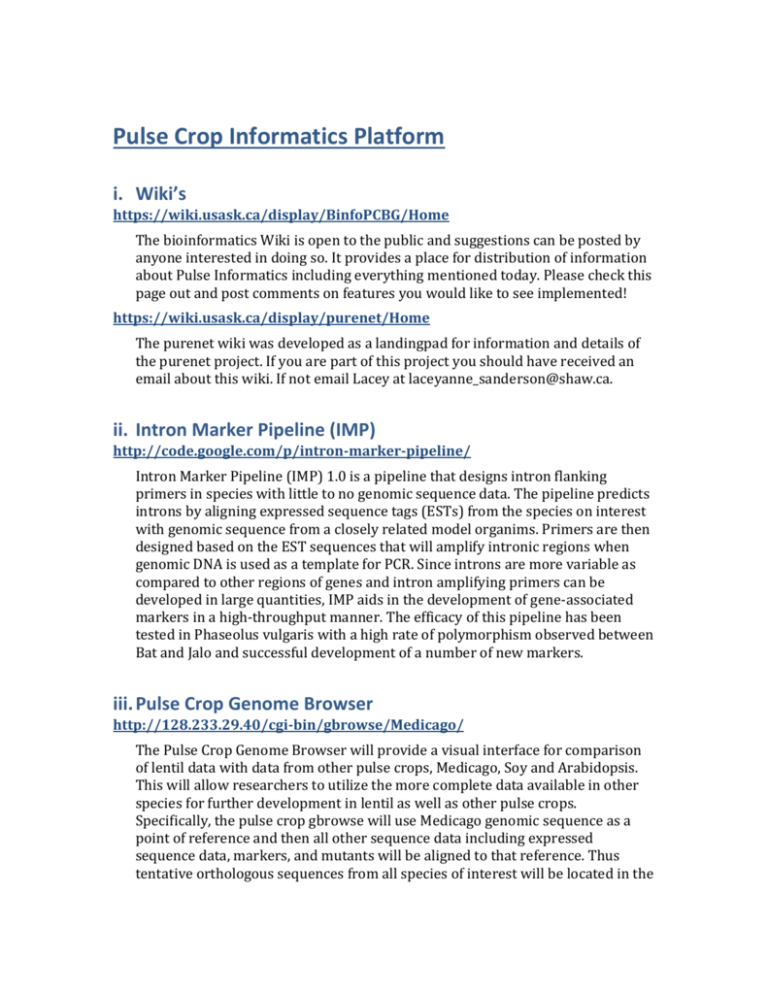
Pulse Crop Informatics Platform i. Wiki’s https://wiki.usask.ca/display/BinfoPCBG/Home The bioinformatics Wiki is open to the public and suggestions can be posted by anyone interested in doing so. It provides a place for distribution of information about Pulse Informatics including everything mentioned today. Please check this page out and post comments on features you would like to see implemented! https://wiki.usask.ca/display/purenet/Home The purenet wiki was developed as a landingpad for information and details of the purenet project. If you are part of this project you should have received an email about this wiki. If not email Lacey at laceyanne_sanderson@shaw.ca. ii. Intron Marker Pipeline (IMP) http://code.google.com/p/intron-marker-pipeline/ Intron Marker Pipeline (IMP) 1.0 is a pipeline that designs intron flanking primers in species with little to no genomic sequence data. The pipeline predicts introns by aligning expressed sequence tags (ESTs) from the species on interest with genomic sequence from a closely related model organims. Primers are then designed based on the EST sequences that will amplify intronic regions when genomic DNA is used as a template for PCR. Since introns are more variable as compared to other regions of genes and intron amplifying primers can be developed in large quantities, IMP aids in the development of gene-associated markers in a high-throughput manner. The efficacy of this pipeline has been tested in Phaseolus vulgaris with a high rate of polymorphism observed between Bat and Jalo and successful development of a number of new markers. iii. Pulse Crop Genome Browser http://128.233.29.40/cgi-bin/gbrowse/Medicago/ The Pulse Crop Genome Browser will provide a visual interface for comparison of lentil data with data from other pulse crops, Medicago, Soy and Arabidopsis. This will allow researchers to utilize the more complete data available in other species for further development in lentil as well as other pulse crops. Specifically, the pulse crop gbrowse will use Medicago genomic sequence as a point of reference and then all other sequence data including expressed sequence data, markers, and mutants will be aligned to that reference. Thus tentative orthologous sequences from all species of interest will be located in the same region on the GBrowse allowing fast identification of regions of interest and polymorphic markers associated with it. Data which has been added to GBrowse already includes: IMGAG Gene Loci, Medicago gene predictions from a number of prediction sources, DFCI transcripts from Medicago, Soybean, Lotus, Arabidopsis, and Rice, NCBI datasets (EST, nucleotide, Genome Survey Sequences) from Chickpea (Cicer arietinum), Common Bean (Phaseolus spp.), Lentil (Lens culinaris), Pea (Pisum satiivum) iv. Marker Database A Pulse Crop Marker Database will allow for high-throuput filtering of markers under a number of criteria. Ideally markers should be associated with not only sequence information but also known polymorphisms and phenotypes. This would allow researchers to search for all markers associated with a phenotype of interest and then further allow them to determine if there are know polymorphisms of the resulting markers between two lines of interest. This will greatly facilitate the chosing of canditate markers for a breeding program. Furthermore, it will allow for a centralized space for storage of marker information. Currently specifications for the marker database have been developed and are displayed on the Bioinformatics wiki. If you have any suggestions or sought after features please post them! Collaboration between the University of Saskachewan research group, UC Davis pulse reasearch group and NCGR is being explored in order to ensure this database will suit the needs of as many researchers as possible.




